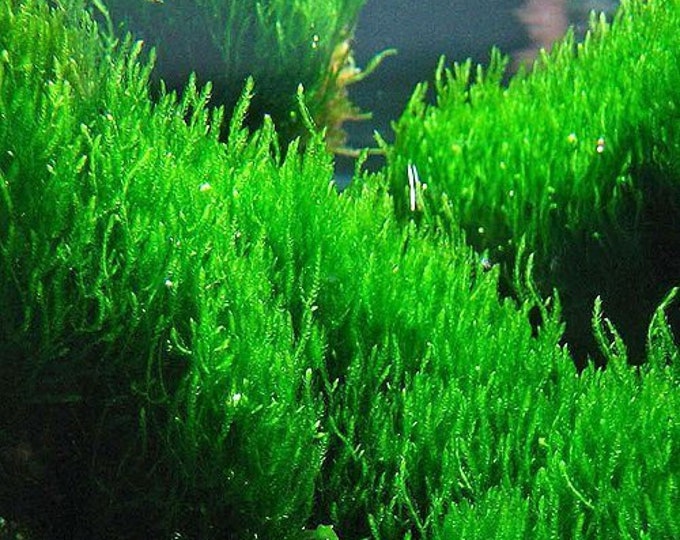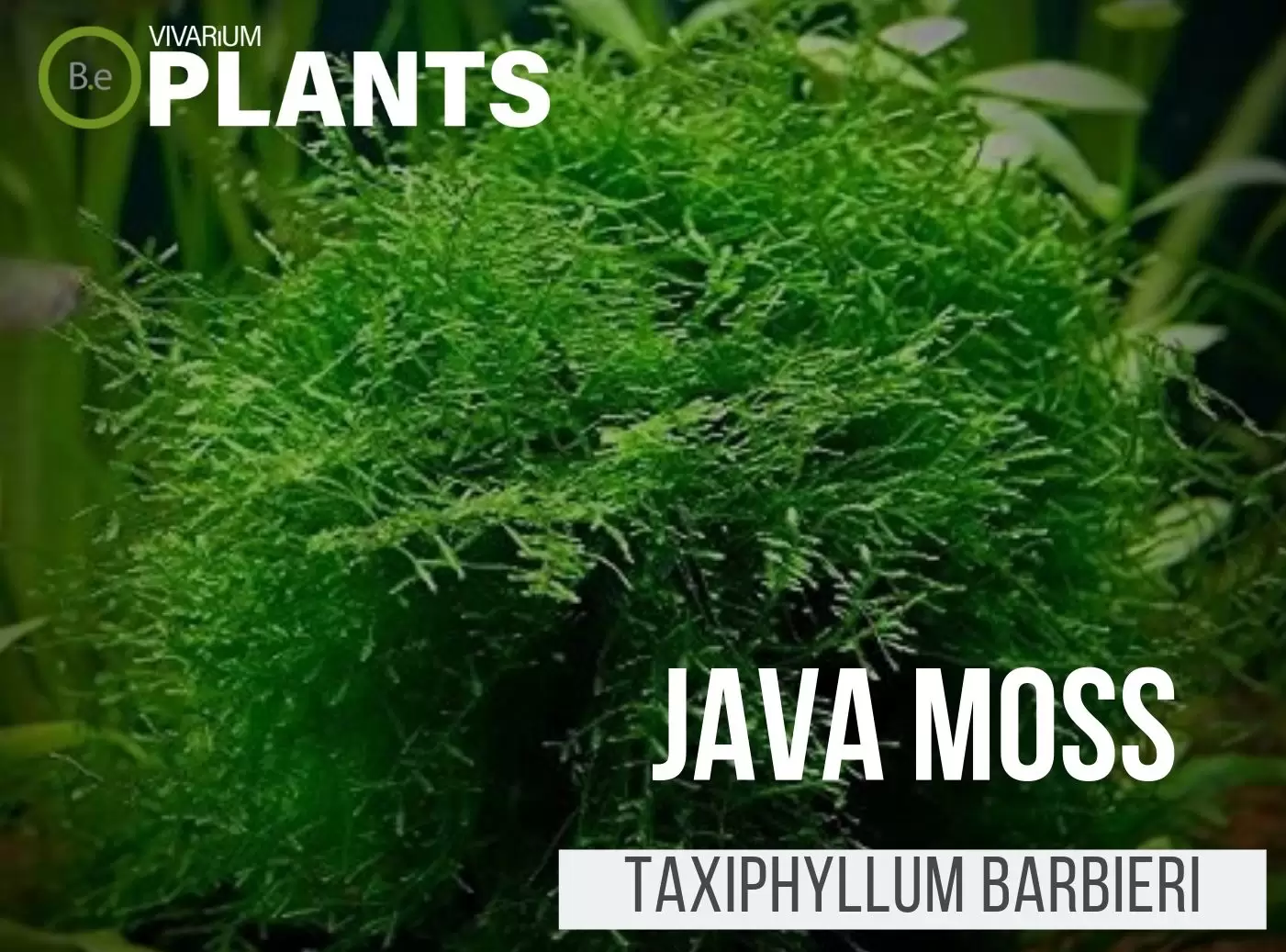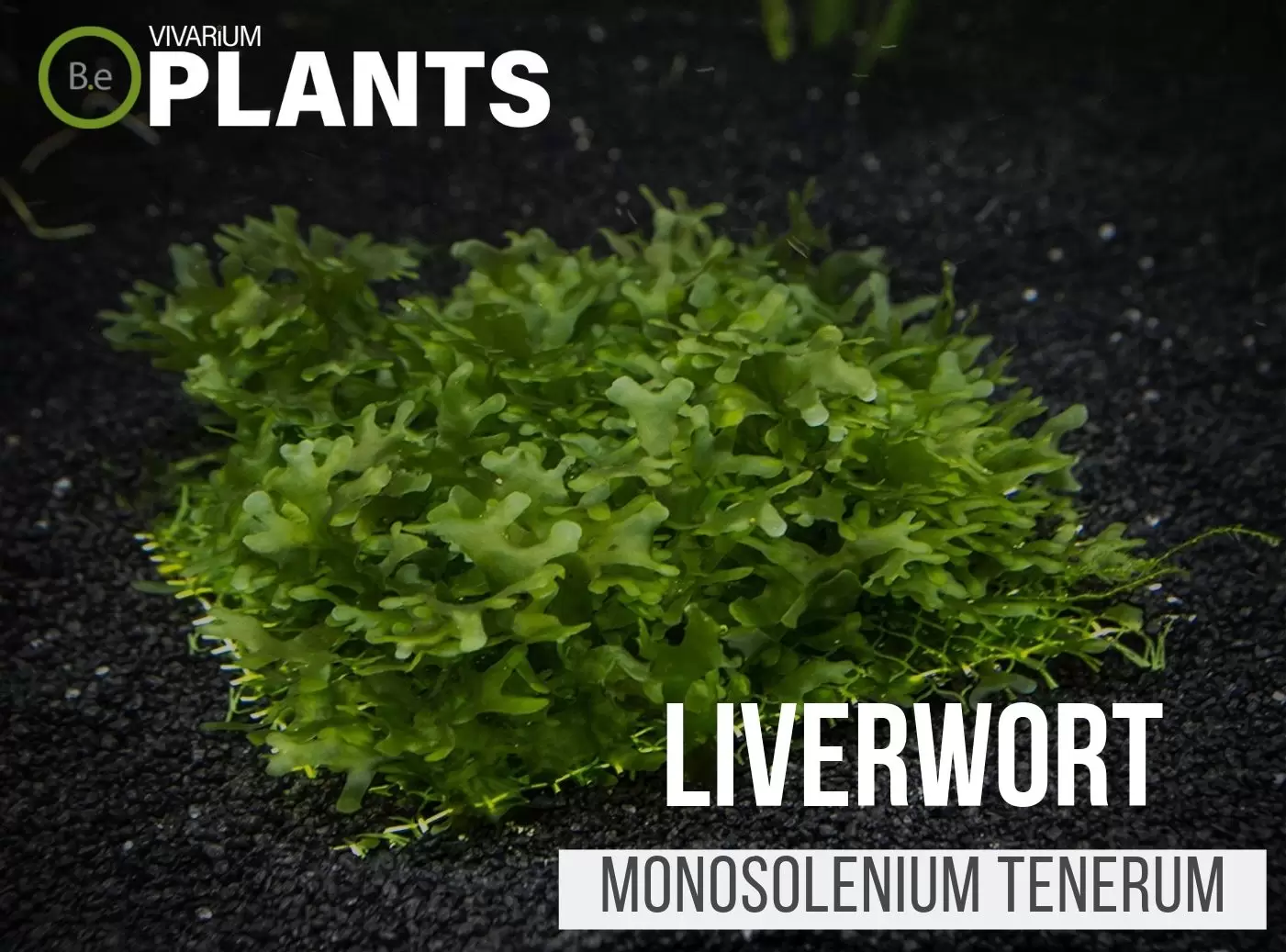Flame moss is a great freshwater plant to add to most types of aquariums. Even though it has not been fully identified yet, this moss belongs to the genus Taxiphyllum and Hypnaceae family.
Flame moss does not only offer exceptional aqua-scaping options, but it will also help protect small creatures in a tank.
It is extremely close to and often confused with Java Moss. However, Flame moss is a bit slower growing than Java moss.
| Quick Stats: | |
|---|---|
| Scientific Name | Taxiphyllum sp. |
| Common Name | Flame Moss, Peacock Moss |
| Family Name | Hypnaceae |
| Habitat | Freshwater |
| Temperature | 68°F to 83°F |
| Height | 4 inches |
| pH | 6.0 to 7.5 |
| Lighting | Medium to bright |
What Is Flame Moss?
Flame moss is a rare species of creeping moss, whose popularity amongst hobbyists is drastically growing.
Its low maintenance and lighting needs make it a great plant to keep in any freshwater aquarium. What sets Flame moss apart from most other mosses is its distinctive look.
This plant’s swirling shoots that grow upward resemble a flame when bunches are formed.
The unique underwater green “fire” look is where Flame moss gets its name from.


Flame Moss Facts
Due to its very exotic look, Flame moss is usually used by hobbyists as a decorative tool in their enclosures.
However, it has many beneficial qualities other than it looks. It can also be used to protect small creatures such as small shrimp and fish looking for coverage.
As well as provide cultivation areas for tiny food sources like biofilm and infusoria.
This plant’s impressive versatility is what has been captivating more and more people in the aquarium world.
That and its low maintenance requirements when it comes to caring.
Description
Taxiphyllum sp. ‘Flame’ can grow horizontally in all directions and cover a surface with its bushes.
In most cases though, it will stray from normal growth patterns and grow vertically upwards in a distinct spiraling manner.
The shoots of a Flame moss plant can grow about 4 to 6 inches long.
Nevertheless, when grown fully submerged in a tank they usually won’t exceed 3 inches long.
As mentioned before, Flame moss has twirling shoots that intertwine with one another and create what appears like a burning flame.
These flames will be rather thick and have a dark green color.
Habitat
Flame moss is native to the South and South-East Asia natural habitats. In those areas, it tends to grow in separate bushes in rivers.
This plant prefers cool water with some sort of slow circulation/flow.
The average temperatures in this native habitat will range from 68 to 83 degrees Fahrenheit.
A strong water current will easily rip this moss from the ground or surface to which it has attached itself to.
Despite the fact that Flame moss uses rhizoids, just like most other mosses, it’s not able to attach itself to the substrate as easily.
It will usually take a little longer to get a good grip. Which is why it can break off and end up floating around.
pH Preference
Although Flame moss is a freshwater plant it can still survive in slightly brackish waters.
This moss also tends to prefer a low hardness and pH level.
Flame moss’s ideal pH level will range anywhere from 6 to 7.5. Still, it will thrive better in slightly more acidic water rather than basic.
Vivarium Type
This type of moss will do great in a variety of vivarium types.
When deciding if rather or not to use this moss in a particular type of enclosure, be sure to go with setups that have aquatic features or provide a moist/tropical setup.
Here are recommended vivariums that this moss will do well in:
- Paludariums – Half aquatic/ half terrain-based enclosure.
- Ripariums – Mostly aquatic-based enclosures with some terrain features present.
- Terrariums – Fully terrain-based enclosures with little to no aquatic features.
- Aquarium – Fully aquatic-based enclosure with little to no dry terrain.
Vivarium Placement
Taxiphyllum sp. ‘Flame’ is an aquatic-based plant. Despite it usually being seen used in aquariums, it can still survive and thrive without being fully submerged.
Flame moss can be placed almost anywhere on a tank and still thrive.
It can be used as a foreground cover for stones or wooden elements as well as deeper areas of a tank.
Flame moss’s unique look is often used by hobbyists to create images of forests and trees.
This tends to draw the attention of spectators and emphasize the overall theme and design of the enclosure.
Substrate
Flame moss does not require any particular substrate or surface to grow in.
Its shallow root structure and unique way of absorbing nutrients/water allow it to grow pretty much anywhere.
One thing to keep in mind with Flame moss is that unlike other mosses it does not stick to aquarium substrates on its own.
In order to get it to stay attached and prevent it from floating away, aquarists will usually tie it down.
Cotton thread is a common tool since it will gradually dissolve in the tank by the time the rhizoids are able to fully attach.
Lighting
Just like Java moss, this moss does not require a lot of light to photosynthesize and be able to grow.
This makes it a great plant for low-tech aquariums that don’t have a crazy lighting system.
Exposing this plant to direct sunlight for long periods of time will dry or burn it out.
When setting up lighting within an enclosure the tank should not be in direct sunlight and preferably away from any type of artificial light that produces UV.
Aim for cooler color lights that replicate a cloudy day.
Buy Flame Moss
When shopping for possible Flame moss for sale, expect a few key indicators you are buying the best quality plant.
The moss should be algae-free along with any other type of pest.
The source of moss will usually be sold in small tissue cultures, ready for you to propagate.
The batch should arrive fairly moist and in fairly good shape. Click the image below to find out more about the current price and other relative info on Taxiphyllum sp. ‘Flame’:


Flame Moss Care and Propagation
Taxiphyllum is an extremely easy plant to keep without requiring much extra care.
Like many mosses, it does not typically respond positively to most chemical plant supplements.
Most aquarists report success with Flame moss simply by keeping a well-maintained aquarium with no supplementation.
Liquid fertilizer can be used every once in a while to promote new growth and keep moss healthy, although it is not required.
One of the only common issues experienced with Flame moss (and most aquatic mosses) is algae growth.
Once the algae have begun growing in the moss, it is basically impossible to get rid of it.
In order to keep algae from growing in the Flame moss, it is important to keep the water clean and avoid too much light.
How to grow
The quickest way to propagate Flame moss will be through the process of division. The parent plant should be taken and broken off into smaller pieces.
After, the new Flame moss can be attached to another location and allowed to regenerate.
Watering
When grown fully submerged, Taxiphyllum will not require any actual watering.
The plant will be able to absorb as many nutrients and water as it needs all on its own.
However, if moss is placed out of the water it is important that the plant is watered periodically.
Do not allow the moss to dry off in between watering, always make sure to keep it damp.
Plants Similar To Flame Moss
Adding diversity to an enclosure is key to an aesthetically pleasing enclosure. Try mixing up the look of your vivarium with different flora that can easily co-exist in the same environment.
Furthermore, if for some reason you find this moss hard to acquire or would like to consider something similar to this plant…
Here are some other plants you might find may do well with or in the place of:
Conclusion
Flame moss can be a great addition to any vivarium. Not only is it easy to take care of, but it can also provide an eccentric look to any setup.
Even though this aquatic moss can survive above water, I would not recommend it.
I would, however, recommend it for fully or partially aquatic features allowing it to receive all the water it can take.
Taxiphyllum’s few care requirements and versatility make it the perfect plant for beginners to use.
Frequently Asked Questions
No, Flame Moss (Taxiphyllum sp.) does not need CO2 to thrive in a planted aquarium. However, CO2 provides the necessary carbon for photosynthesis and therefore is essential for healthy growth. Adding CO2 will enhance the growth of Flame Moss, however, without it, the moss can still survive and spread slower.
Flame Moss (Taxiphyllum sp.) is easy to care for and can thrive in many different aquatic environments. Generally, it prefers soft, acidic water between 6.0 and 7.5 pH with a temperature between 68 and 83 degrees Fahrenheit. Lighting should be moderate to low and the substrate should be nutrient–rich. Regularly adding fertilizers like CO2 can also help promote growth. To keep the moss healthy, it‘s important to trim any dead or overgrown foliage and to avoid drastic fluctuations in pH or temperature.
The shoots of a Flame moss plant can grow about 4 to 6 inches long.
To attach Flame Moss (Taxiphyllum sp.) to rocks, use string or fishing line to tie the moss around the rock. You can also glue the moss onto the rock by using superglue gel or transparent aquarium silicone. Ensure that when tying or gluing the moss that it is snug on the rock and is not too tight that it will damage the moss.



